Objectives of the service

The project addresses key challenges faced by navigation officers, including fatigue, human error, and inefficient decision-making that often lead to fuel wastage, delays, and accidents. AURAN provides an AI-powered navigation assistance system that combines onboard sensor data, engine parameters, weather information, and satellite-based communication to deliver real-time, data-driven navigational guidance. By merging these diverse datasets, AURAN enhances situational awareness, recommends optimal manoeuvres, and supports compliance with international maritime regulations such as the International Regulations for Preventing Collisions at Sea (COLREGs).
The activity focuses on assessing the technical, operational, and commercial feasibility of deploying such a system onboard ships. It includes defining data fusion architectures, evaluating communication bandwidth requirements, and validating user needs through engagement with various stakeholders including shipowners, operators, and navigation teams. The project also analyses potential cost structures and market readiness for semi-autonomous navigation technologies. Ultimately, AURAN aims to increase safety, improve operational efficiency, and contribute to the maritime industry's decarbonisation goals through optimized fuel consumption and emission reduction.
Users and their needs
The primary user community targeted includes shipowners, fleet managers, and ship operators managing international fleets, with end users being the ship’s navigation and engineering teams supported by shore-based operational centers. The targeted users are global shipping companies with no geographical restrictions.
Over 70% of maritime accidents result from human error, often linked to fatigue, stress, and decision-making under pressure. Users therefore seek intelligent tools that can enhance safety, support decision-making, and improve efficiency. Their key needs include:
-
Reliable real-time decision support to minimize human error and navigation fatigue.
-
Seamless integration with existing bridge systems such as RADAR, ECDIS (Electronic Chart Display and Information System), and engine monitoring tools.
-
Optimized route planning based on weather, sea state, and traffic conditions to reduce fuel consumption and emissions.
-
Compliance with evolving International Maritime Organization (IMO) regulations on safety and decarbonisation.
-
Solutions that operate in both online and offline modes, ensuring reliability under limited connectivity.
The main challenge lies in developing an AI-assisted navigation system that ensures accuracy, redundancy, integrates smoothly with existing ship infrastructure, and meets regulatory and operational safety standards.
Service/ system concept
AURAN provides AI-powered navigation assistance that supports ship crews in making smarter, safer, and more efficient decisions. It continuously analyses data from onboard systems such as radar, AIS, ECDIS, GPS, and engine sensors, along with external inputs like weather forecasts, ocean conditions, and nearby vessel traffic. The system then delivers real-time guidance on the bridge, recommending optimal routes, course changes, or speed adjustments to prevent collisions, save fuel, and reduce stress on navigation officers.
The architecture combines onboard intelligence with secure cloud-based analytics. Onboard, a compact processing unit collects sensor data and runs AI models to provide immediate recommendations, even when the ship is offline. When satellite connectivity (e.g., VSAT, Iridium, or Starlink) is available, the system synchronizes with the cloud for deeper analysis, model updates, and performance reporting to the fleet operations center.
This hybrid design ensures that AURAN operates reliably under all conditions, providing crews with real-time decision support and enabling shore teams to monitor fleet efficiency and compliance from anywhere in the world.

Space Added Value
AURAN integrates multiple space-based assets such as Satellite Communications (SatCom), Automatic Identification System (Sat-AIS), Global Navigation Satellite System (GNSS), and Earth Observation (EO) data to enable real-time, data-driven navigation assistance. SatCom ensures seamless communication between ship and shore, while GNSS provides accurate vessel positioning and movement tracking. Sat-AIS delivers global traffic awareness, essential for collision avoidance and route optimization. In addition, EO data from Copernicus contributes precise weather, wave, and ocean condition forecasts, enabling predictive route planning and improved fuel efficiency.
The added value of combining these assets lies in creating an integrated decision-support ecosystem that traditional, isolated systems cannot offer. While existing navigation tools rely mainly on onboard sensors and manual inputs, AURAN’s fusion of satellite connectivity, Earth Observation data, and AI allows for real-time optimization, predictive situational awareness, and semi-autonomous decision-making. This space-enabled integration reduces human error, enhances voyage safety, and ensures regulatory compliance, marking a significant advancement over current market solutions.
Current Status
The project is currently in the feasibility phase, supported by the European Space Agency. Eight stakeholder sessions were held with shipowners, operators, fleet managers, and navigating officers to assess market needs and validate AURAN’s value proposition. Insights from these sessions confirmed strong interest in AI-assisted navigation, particularly for improving fuel efficiency, reducing human error, and enhancing safety. Technical feasibility work is underway, focusing on data fusion techniques, onboard–cloud communication architecture, and integration with existing bridge systems. Preparatory work for simulation-based validation of AURAN’s AI models and workflow analysis is ongoing, with the next phase aimed at refining system architecture and developing a roadmap for the Demonstration Project.



